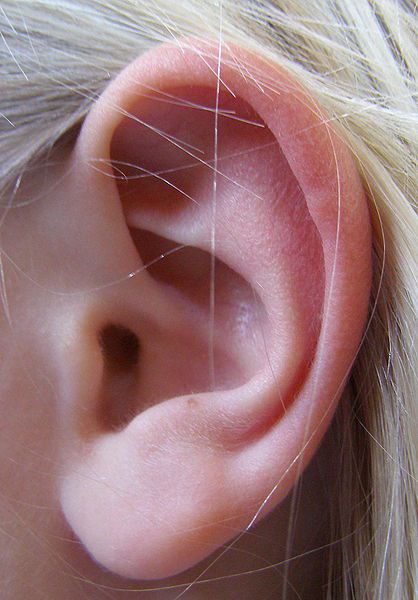-
 Bit rate
Bit rate
-
 Optimum pH
Optimum pH
-
 Lunar Reconnaissance Orbiter
Lunar Reconnaissance Orbiter
-
 Primitive ocean
Primitive ocean
-
 Frame
Frame
-
 Epigenesis
Epigenesis
-
 Hydrolysis
Hydrolysis
-
 Grizzly
Grizzly
-
 Colony
Colony
-
 Space elevator
Space elevator
-
 DRCS
DRCS
-
 Coprocessor
Coprocessor
-
 Connectivity
Connectivity
-
 Unknown
Unknown
-
 Turner's Syndrome
Turner's Syndrome
-
 Polysynthetic
Polysynthetic
-
 Carbon
Carbon
-
 M 37
M 37
-
 Cloning
Cloning
-
 Data stream encryption
Data stream encryption
-
 Carditis
Carditis
-
 Confidentiality
Confidentiality
-
 Bombesin
Bombesin
-
 Cremaster
Cremaster
-
 Inclusion
Inclusion
-
 Artificial selection
Artificial selection
-
 Intron
Intron
-
 MAC address
MAC address
-
 Very high energy performance
Very high energy performance
-
 Forestry
Forestry
Middle ear
The middle ear has two roles: it both protects the innerear and converts air vibration entering the outer ear into solid vibrations (which can be analysed by the internal ear).
Structure of the middle ear
The middle ear is composed of a chamber containing air called the tympanic drum which contains a solid transmission system, the tympanic bone system which is composed of three ossicles: the malleus (hammer), the incus (anvil), and the stapes (stirrup).
The tympanic drum is closed on the external ear by the tympanic membrane and on the internal ear by the round and oval windows. It also communicates with the pharynx through the Eustachian tube.
The auditory system is composed of the outer, middle, and inner ear. © ide.fr
Function of the middle ear
Solid transmission limits the loss of energy inherent in transmission of vibrations from a gas to a liquid medium, in this case between air in the tympanic drum and the inner ear labyrinth fluid.
The transformation (and amplification) of air vibrations into solid vibrations occurs through the ossicles. Vibration of the tympanum successively causes vibration of the malleus-incus unit and then stapes, which transmit these to the inner ear through the oval window. The gearing ratio between the malleus and incus (around 20), and the surface area ratio between the tympanum (60 mm2) and the plate of the stapes (3 mm2) make the tympanum-bone system a genuine impedance transformer-adaptor which provides amplification allowing almost all of the sound energy to be transmitted entirely to the inner ear.
A protective reflex (stapes reflex) is triggered above 80 decibels (dB) to reduce transmission of pressure to the inner ear from the ossicles and muscles which attach the malleus and stapes to the walls of the tympanum. However, this system is neither effective at very loud sounds nor for high frequencies or for pulsed sounds and it only acts for a limited period of time.
 The middle ear is composed of the tympanum and the ossicles. © DR
The middle ear is composed of the tympanum and the ossicles. © DR
Latest
Fill out my online form.



